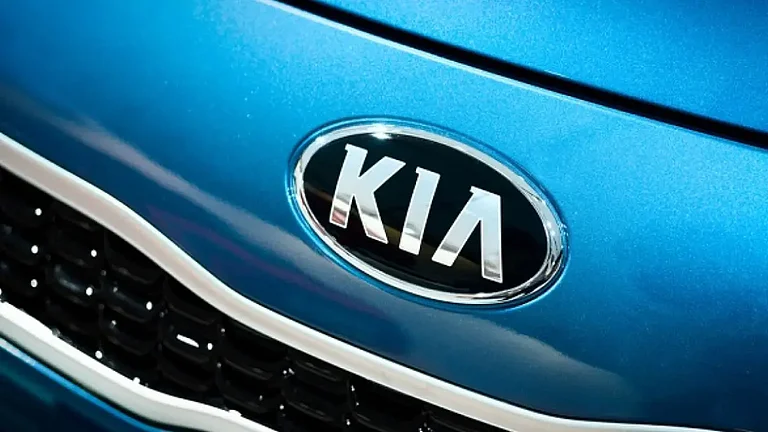While India urgently needs renewable energy for economic growth and to combat climate change, development must not come at the cost of excessive use of natural resources, said S P Yadav, the director general of the International Big Cat Alliance.
In an interaction with PTI editors, Yadav, who spearheaded key conservation efforts in India such as Project Tiger and Project Lion, stressed the need to explore models that balance energy needs with wildlife protection.
Citing the example of the UAE, he said the Gulf country successfully breeds houbara bustards through artificial insemination and releases them in the wild without employing bird diverters or laying power lines underground.
"Energy security is crucial and climate change must be addressed. We need solar energy, development, employment, and growth. But it is important to have a balance between development and the use of natural resources," Yadav said when asked about the conflict between renewable energy deployment and wildlife conservation.
Hearing a case which stemmed from concerns over the impact of overhead power lines from renewable energy projects on the Great Indian Bustard, the Supreme Court in April this year recognised the right against adverse effects of climate change as a distinct fundamental right.
The case had evolved into a broader discussion on balancing climate action with other conservation measures, with the government arguing that the power transmission lines were essential to India's climate change response.
"I have been to the houbara bustard breeding centre in Abu Dhabi, where 40,000 chicks are bred annually through artificial insemination and released into the wild," said Yadav, the former member secretary of the National Tiger Conservation Authority, suggesting India could adopt a similar strategy.
"They are not using any bird diverter or laying cables underground (to save bustards from collisions). Still, they are successful in bustard conservation. Why should we not follow the same model?" he asked.
According to media reports, the UAE has bred and released more than 549,816 houbara bustards in the wild through the efforts of the International Fund for Houbara Conservation (IFHC) since 1998.
Rajasthan and Gujarat, the key regions for solar and wind power development, are also home to the Great Indian Bustard, one of the world's most endangered birds. According to the Environment Ministry, only around 150 bustards are left in India.
Large solar potential exists in Rajasthan (6,464 GW), while Gujarat has a large wind potential (212 GW).
To conserve the species, a collaborative breeding programme has been initiated by the Rajasthan, Gujarat, and Maharashtra Forest departments, supported by the Wildlife Institute of India. The programme aims to establish a captive population for future rewilding efforts while promoting in-situ conservation.
According to the Union Environment Ministry, sites for conservation breeding centres for the Great Indian Bustard and Lesser Florican have been identified in consultation with forest departments and international experts.
A satellite breeding facility has already been established at Sam in Rajasthan's Jaisalmer.
























.jpg?w=200&auto=format%2Ccompress&fit=max)





